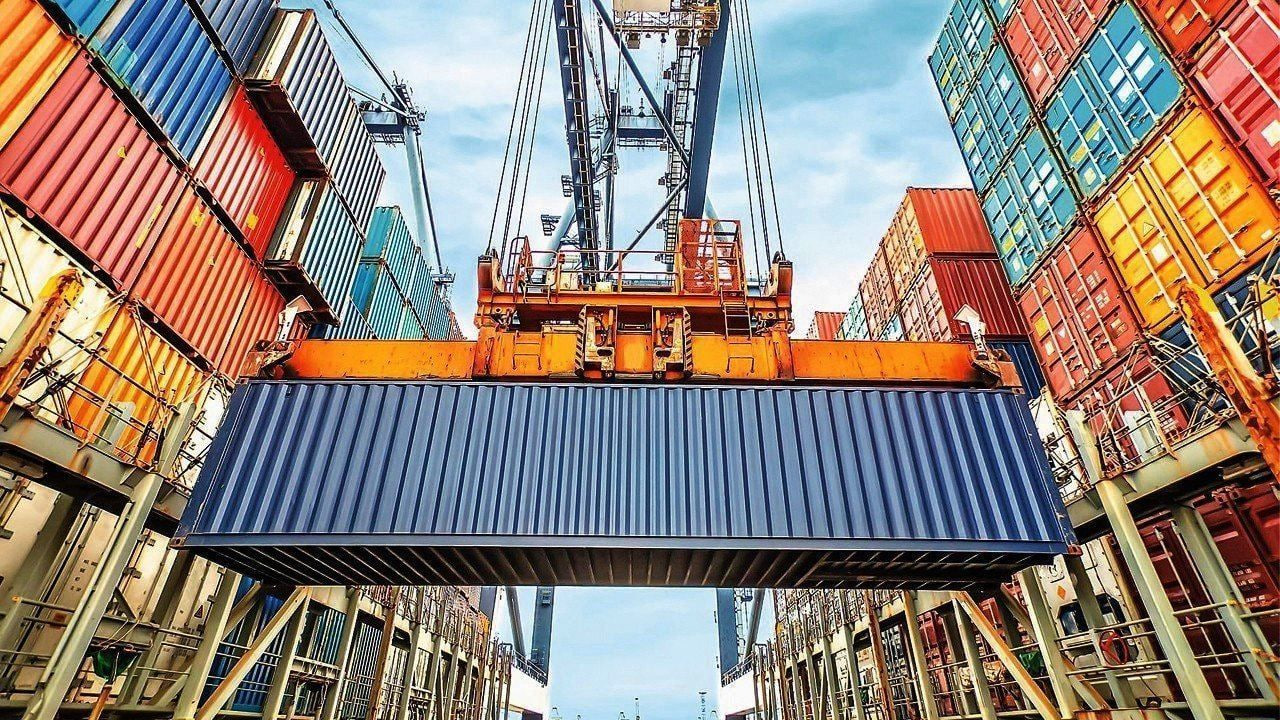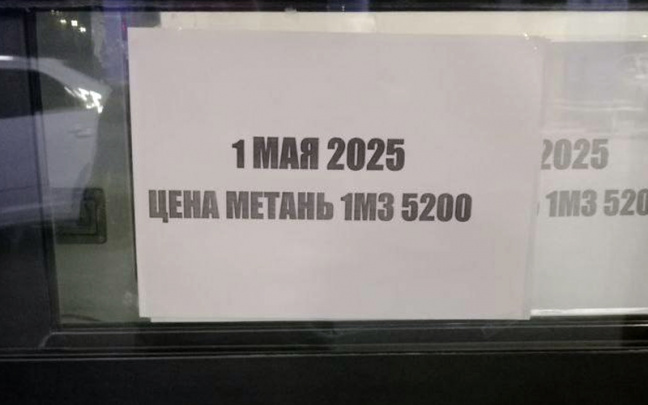Uzbekistan’s foreign trade turnover hit $66 Billion in 2024
The country saw an 8.4% increase in exports, a 14.5% rise in trade with Russia, and sold $854 million worth of gold in December.

Uzbekistan’s foreign trade turnover totaled $65.93 billion in 2024, marking a 3.8% growth compared to the previous year, according to a report by the Statistics Agency.
This increase was driven by significant export growth to $26.94 billion (+8.4%) and a slight rise in imports to $38.98 billion (+0.8%). The trade deficit narrowed to $12.03 billion from $13.78 billion in 2023.
Gold sales resumed in December, with $854 million worth exported. Over the year, gold exports totaled $7.48 billion, reflecting an 8.3% year-on-year decline.
Key trade partners
China maintained its position as Uzbekistan’s top trade partner with $12.48 billion in total turnover, including $10.43 billion in imports. Russia followed with $11.63 billion in trade, driven by a significant increase in exports to $3.68 billion.
Kazakhstan ($4.27 billion), Turkey ($2.93 billion), and South Korea ($2 billion) also ranked among Uzbekistan’s top five trade partners, though trade volumes with these countries decreased. Notably, Uzbekistan recorded trade surpluses with France, Afghanistan, Kyrgyzstan, and Tajikistan.
Export breakdown
- Industrial goods: The primary export category generated $4.2 billion (+3.7%).
- Textiles: Earnings fell 3.7% to $1.99 billion.
- Non-ferrous metals: Exports rose 7.6% to $1.49 billion, while steel and iron exports declined 5.8% to $175 million.
- Food products: Exports grew 22.4% to $2.17 billion, led by fruits and vegetables ($1.58 billion, +32.5%) and grains ($397.9 million, -16.9%).
- Chemical products: Exports surged 29.1% to $1.68 billion, including inorganic substances ($910.7 million, +83%) and fertilizers ($357.4 million, +6.3%).
- Machinery and equipment: Exports fell 7.9% to $1.2 billion, with automotive exports dropping 16% to $414.5 million.
Notable growth was observed in the export of oil products (up two-thirds to $567 million) and electricity (up 50% to $115.9 million). Gas exports rose 18.4% to $627.6 million.
Import highlights
- Machinery and equipment: The largest import category totaled $13.48 billion (-9.7%), with significant imports of vehicles and components ($3.33 billion, -25.7%), and telecommunications devices ($1.03 billion, +19.3%).
- Industrial goods: Imports reached $6.05 billion (-4.2%), including increases in steel ($2.66 billion, +4.4%) and non-ferrous metals ($371.4 million, +9.1%).
- Chemicals: Imports dropped 3.6% to $4.68 billion, though spending on medical products rose 8.1% to $1.73 billion.
- Fuel and energy: Imports surged over 50% to $3.95 billion, including a 2.4-fold increase in gas imports from Russia and Turkmenistan, totaling $1.67 billion. Oil and petroleum product imports climbed 22.2% to $1.97 billion.
Food imports also grew by 5.7% to $3.69 billion, with notable spending on sugar and confectionery ($621.4 million, +11.3%) and fruits and vegetables ($383.8 million, +10.2%).
Related News

18:24 / 02.05.2025
Uzbekistan to construct $10 billion gas-chemical complex in Khorezm

17:07 / 02.05.2025
Navoiy resident sentenced for making explosives to blast gold mine

17:30 / 01.05.2025
Natural gas tariff increase drives up methane and propane prices

15:49 / 01.05.2025



